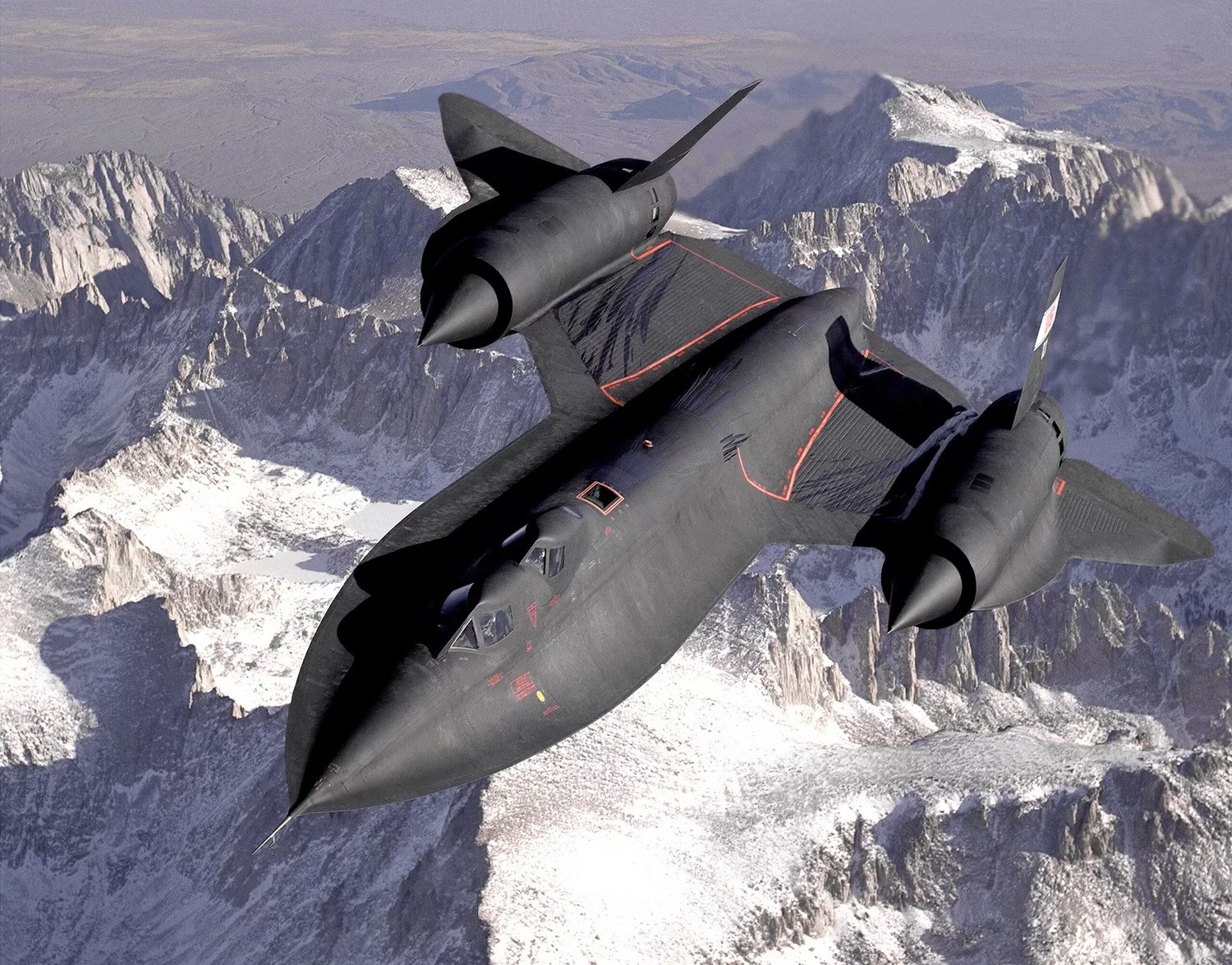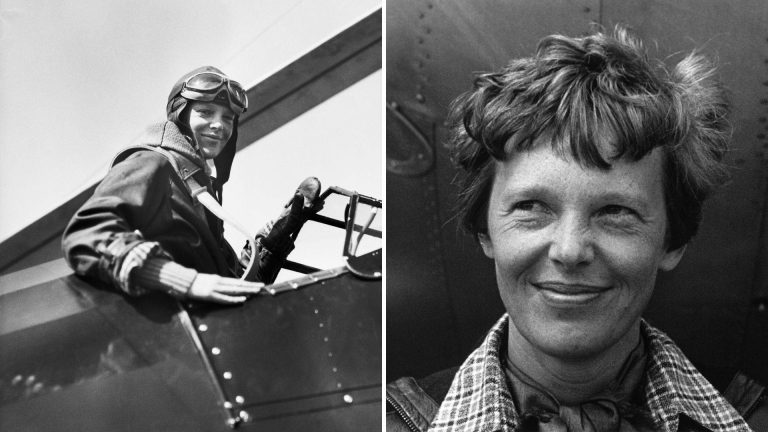The Incredible SR-71 Blackbird Is Still the Fastest Plane Ever to Fly
The SR-71 Blackbird retired from U.S. Air Force service decades ago but is still the fastest plane on Earth to fly. Aviation history will never be the same.
Introducing the SR-71 Blackbird: Aviation history is filled with remarkable aircraft, from the small SA-2A “Sky Baby” to the enormous H-4 “Spruce Goose.” Aircraft designers have consistently pushed the limits of what’s possible. The 1950s and ’60s were especially transformative, as advancements in technology, metallurgy, electronics, and avionics allowed aircraft to achieve feats that were once thought impossible.
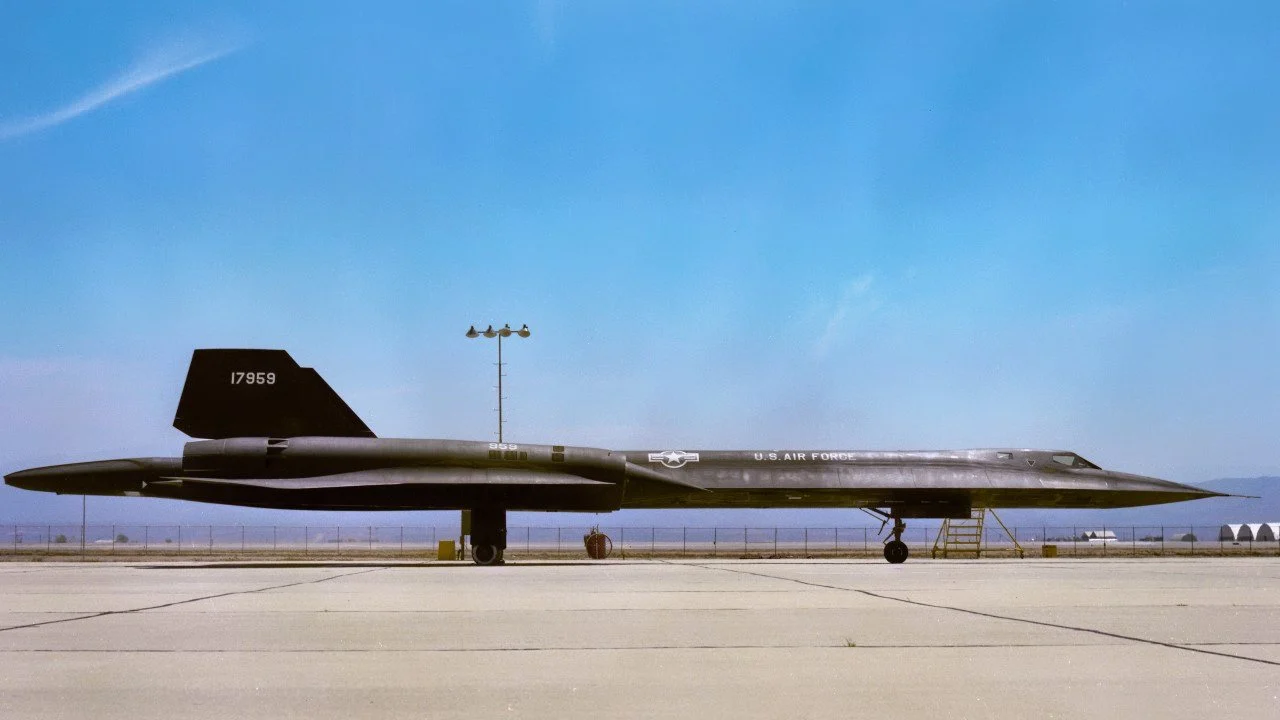
One aircraft truly stands out for its unmatched, record-breaking design—the SR-71 Blackbird. Operated by the U.S. Air Force, this reconnaissance plane is instantly recognizable to aviation fans everywhere with its distinctive blue-black color, sharp engine intakes, and sleek, futuristic appearance.
SR-71 Blackbird: Successor to the U-2
In the 1950s, U.S. policymakers were worried about the growing strength of the Soviet Union. To gather more intelligence, the U.S. Air Force commissioned a report suggesting that a reconnaissance plane flying at 70,000 feet would be safe from Soviet defenses. However, some believed that flying at 60,000 feet would be high enough.
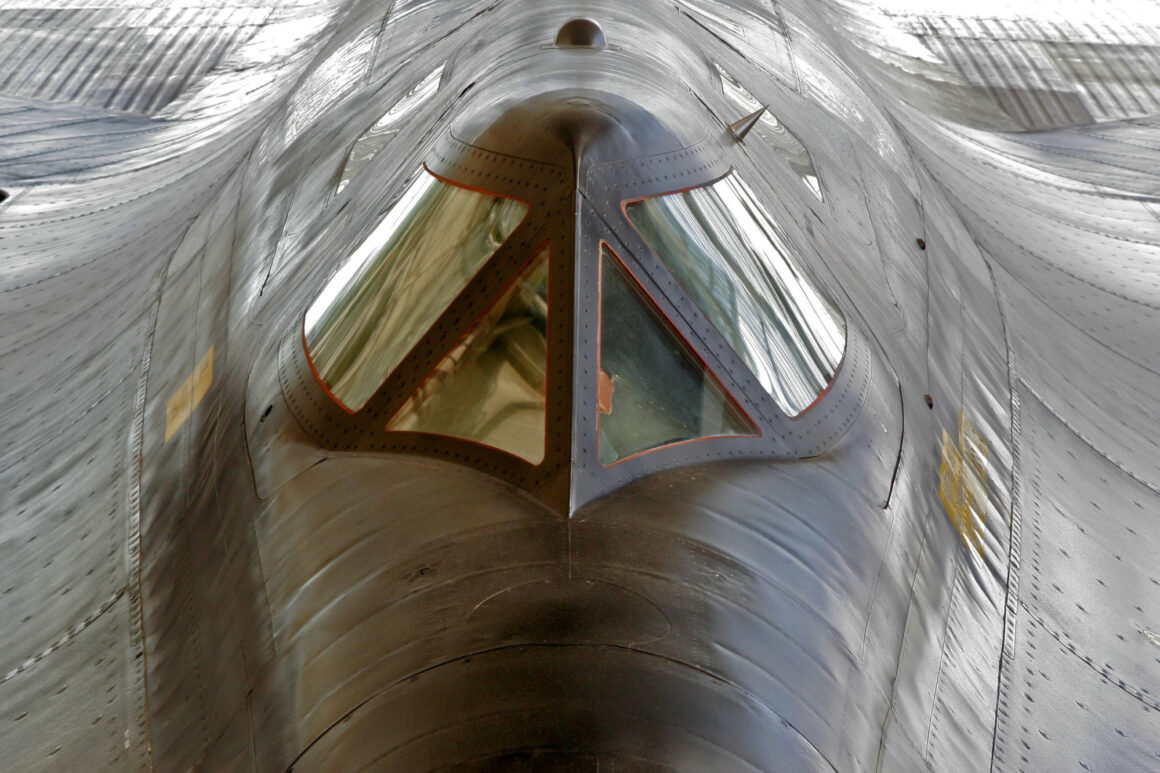
To achieve this goal, the U.S. Air Force enlisted several companies to develop a high-altitude reconnaissance plane. While the Air Force took a different path, the CIA moved forward with what would become the U-2. Nicknamed the “Dragon Lady,” the U-2 successfully completed several missions over the Soviet Union, frustrating Soviet Air Defense, whose planes and missiles couldn’t reach the high-flying spy aircraft. However, advancements in Soviet surface-to-air missiles led to the development of the SA-2, which successfully shot down a U-2 flown by CIA pilot Francis Powers in 1960.
The CIA had already been collaborating with the secretive Lockheed “Skunk Works” on a replacement for the U-2 that could fly faster, higher, and be harder to detect by radar. However, the downing of Francis Powers’ U-2 highlighted the need to speed up these efforts.
Stealth and Speed for the Blackbird
The SR-71 was built on two key principles: reducing its radar cross-section (RCS) and achieving high speeds. The idea was that this blend of stealth and speed would make it untouchable by enemy defenses. Its perfect record, with no losses to enemy action, shows the design worked.
To minimize radar detection, Lockheed’s design team, led by renowned engineer Clarence “Kelly” Johnson, applied early stealth technology research. They angled the twin vertical tails inward and added a unique “chine” around the aircraft’s fuselage. Unlike typical large planes, which have rounded bodies, the SR-71 features a sharp edge running along the entire fuselage, giving it its distinctive look.
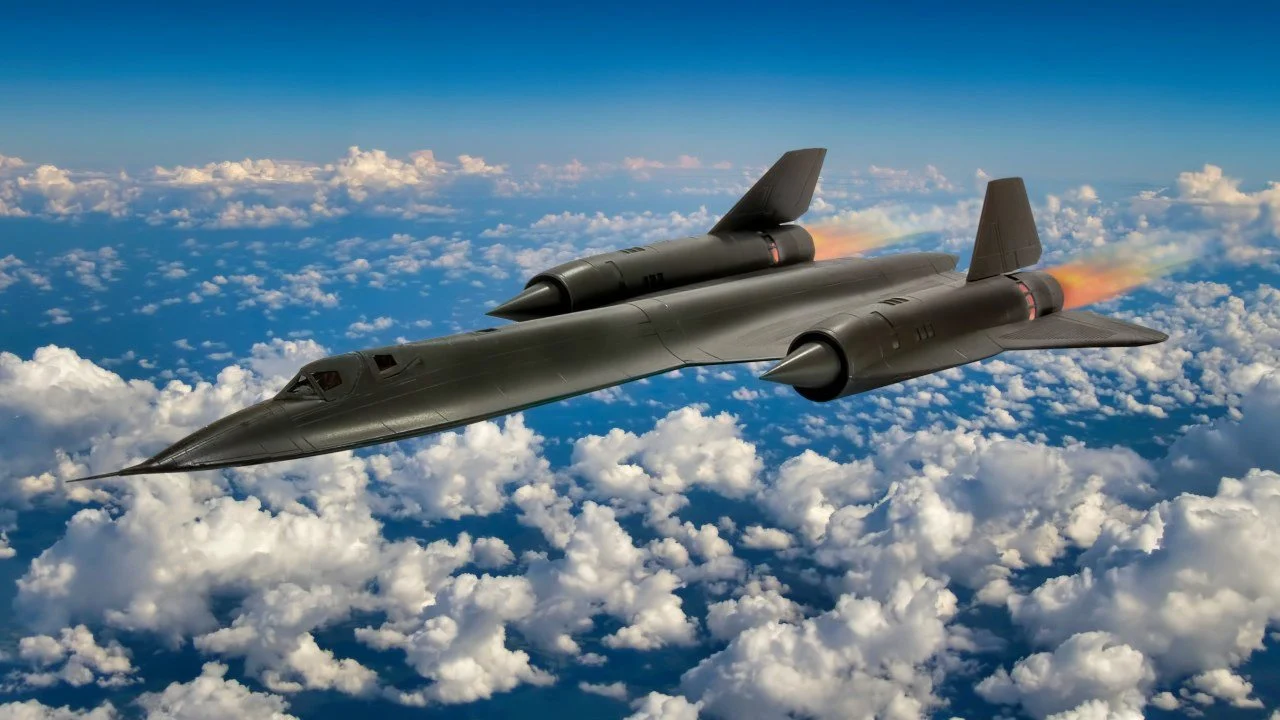
The Blackbird also featured several other stealth elements. Its blue-black paint was designed to reduce heat emissions and help it blend into the night sky, which is how it earned its nickname. Additionally, some of its surfaces were made with early radar-absorbing materials, further lowering its radar visibility.
In addition to its stealth features, Johnson and his team aimed to make the SR-71 the fastest aircraft ever. Their idea was that even if a surface-to-air radar detected the Blackbird, it would be out of range before a missile could be launched. To achieve this, the Skunk Works designers faced several challenges, including managing air intake speeds and dealing with extreme heat at high velocities.

Jet engines work by drawing in air through inlets in a process known as the Brayton Cycle, or “suck, squeeze, bang, blow.” However, at supersonic speeds, the incoming air can create shockwaves that disrupt and damage the engines. Most modern supersonic aircraft use specially designed inlets to slow the air to subsonic speeds before it enters the engine, but the SR-71’s extreme speed required a different solution. This led to the design of unique movable inlet spikes on the Pratt & Whitney J58 engines. These spikes retracted at high speeds, forming a precise conical shockwave that slowed the air just enough for the engines to work properly.
Flying at very high speeds creates a lot of heat from the friction between the aircraft and the air. While aluminum is commonly used in aircraft because it’s strong and light, it can’t handle the extreme temperatures produced by the SR-71. To solve this problem, Lockheed used titanium alloys, which can withstand much higher temperatures. Interestingly, most of the raw titanium used came from the Soviet Union.
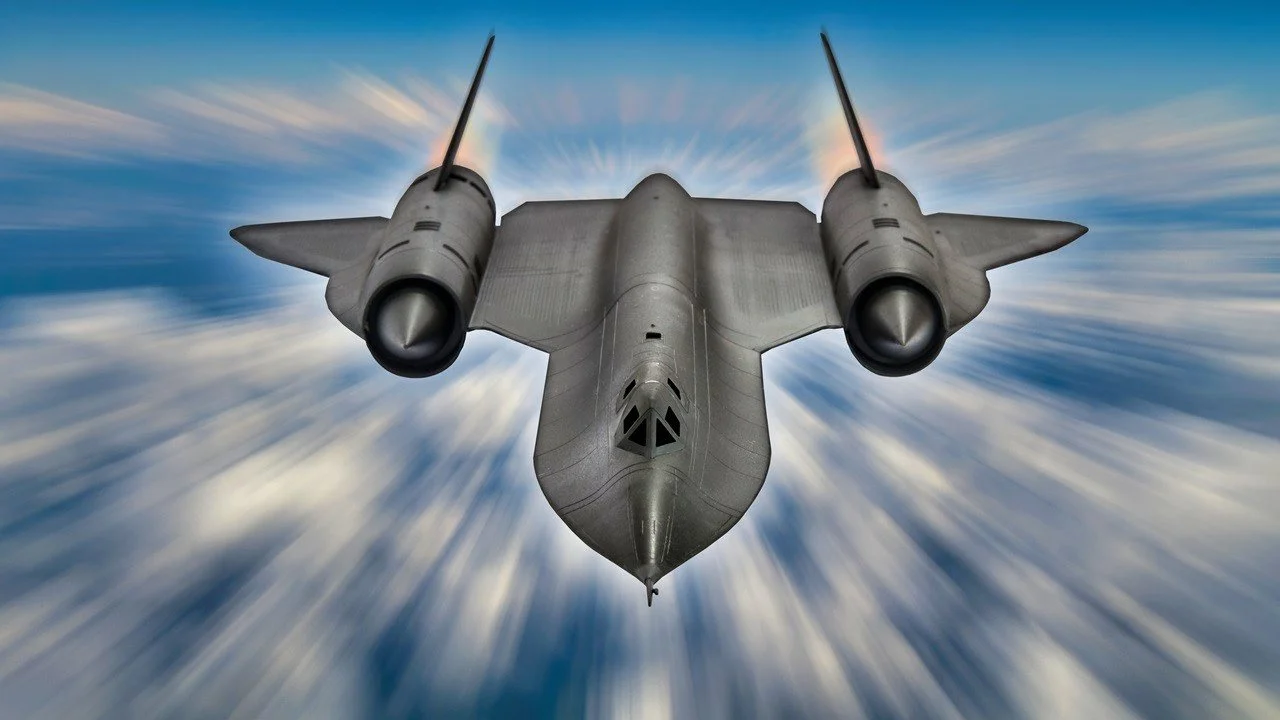
The SR-71 Blackbird had panels with a special corrugated surface and gaps to allow for expansion when heated during flight. Because of this design, the plane sometimes leaked fuel while on the ground since the fuselage and fuel tanks weren’t completely sealed until the plane warmed up in the air. After landing, pilots and ground crew had to be careful because the plane’s surface could get as hot as 500°F.
These advancements made the SR-71 the highest-flying and fastest aircraft ever built. It could reach altitudes of 85,000 feet and speeds of Mach 3.2, which no other aircraft has matched. Throughout its service, it conducted numerous intelligence-gathering missions, mainly over the Soviet Union.
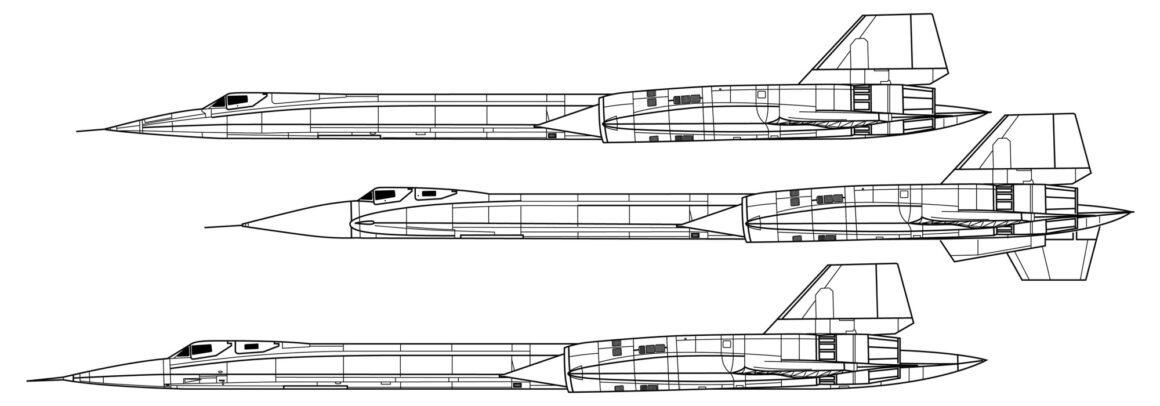
The SR-71 was retired in 1989 amid controversy. Critics said it was too costly and outdated, while supporters argued it played a crucial role in intelligence gathering and needed more updates.
Four years later, the Department of Defense and U.S. Congress briefly brought the SR-71 back into service, but it was retired again in 1998. Today, it remains the fastest aircraft ever built.
Reconnaissance capabilities
The SR-71 Blackbird was fitted with cutting-edge surveillance and communication equipment that allowed it to collect intelligence from far away. It had cameras, electronic sensors, and data recorders that captured high-resolution images and other data. This made it a crucial tool for gathering information in dangerous areas. The SR-71 could also operate at night and in bad weather, enhancing its ability to gather reconnaissance.

Also Read:
-
Deep-sea explorers hope to find wreckage of missing flight MH370 ten years after it vanished
-
102-Year-Old Ship in Sydney Became A Floating Forest
